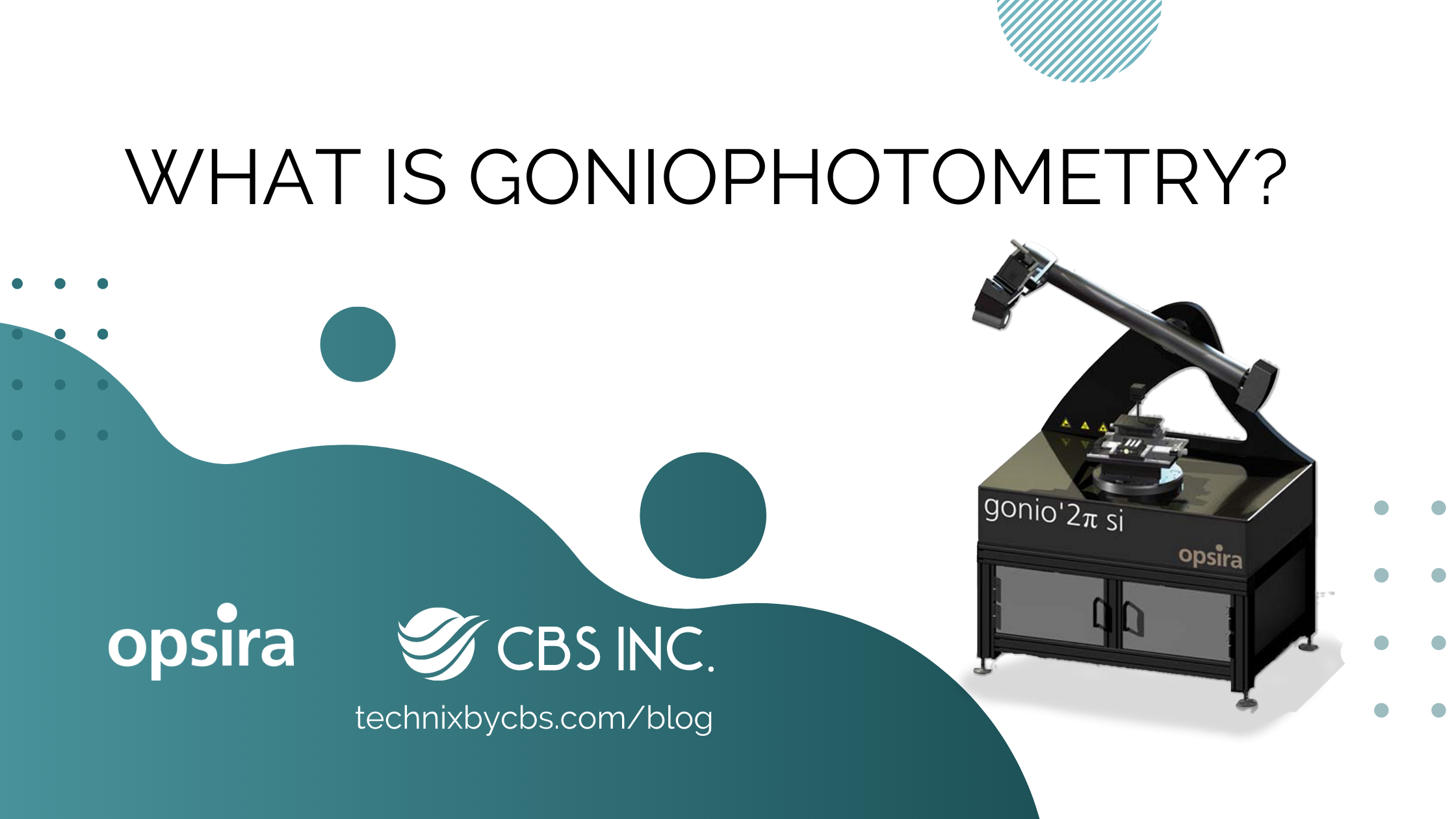Blog



Goniophotometry
Goniophotometry is a method of measuring the angular distribution of ambient light or light scattered from a surface. This is used to measure intensity distributions from LEDs, lamps and luminaries, and to perform scatter measurements (BSDF measurements) of the source's interaction with materials and surfaces.
Goniophotometer
Goniophotometers are used to measure the angular distribution of light by measuring the source’s emission at a variety of angles. Depending on the measurement needs, a type A, B or C goniophotometer is used (unique detector options are also available). They are capable of measuring luminous flux as well as luminous intensity. Making them a very versatile tool for optical measurements.
Application Within Lighting Industries
Automotive
In the automotive industry, goniophotometry is used to measure the luminous intensity distribution of headlights. These measurements are carried out using a goniophotometer with horizontal and vertical rotations for the lighting sample, with a stationary detector (typically done with a Type A goniophotometer). This requires a high angular repeatability to ensure accuracy of measurements. With an angular repeatability of 0.001 degrees, opsira’s robogonio can easily complete these types of calculations fast, and efficiently:
Luminaires
When measuring the intensity distribution from a luminaire, it is important to provide the results in standardized IES or EULUMDAT data formats for lighting planners. This allows for the import of data into optical engineering software, where further analysis of the source's behavior within its desired optical system can be performed. Typically, goniophotometers can either generate near or far field measurements. With opsira’s robgonio, it is possible to perform both:
Signal Lighting
Luminous intensity distributions are essential when measuring the performance of traffic lights, railway signals, or beacons. These require precise measurements of the light emission to ensure they meet industry standards. Measurements quickly become complex when front and back lighting require specific light emissions. Measuring luminous intensity distributions in both directions simultaneously is possible with opsira’s robogonio:
